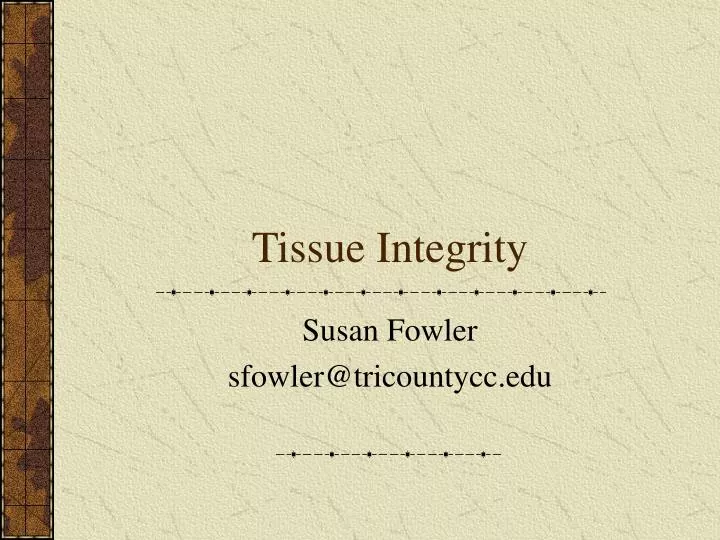

Recommendations for targeted studies, increased surveillance, and development of new adhesive compounds are suggested to reduce the burden of device wear for management of diabetes.Ĭ urrent care for Type 1 diabetes (T1D) frequently includes use of a Continuous Glucose Monitor (CGM) for glucose self-monitoring and/or Continuous Subcutaneous Insulin Infusion (CSII) therapy, also known as an insulin pump, for insulin administration.
#Skin integrity skin
The purpose of this article is to review current literature related to the prevalence of dermatological issues with insulin pumps and CGM, discuss published solutions to skin irritation, and to share the consolidated experience of our large academic diabetes clinic to address placement, prophylactic skin care, adhesives, removal, and skin healing with diabetes device use.

Furthermore, it is a frequent topic of discussion in diabetes follow-up visits, although little evidence-based literature exists to guide providers in managing skin integrity issues. Dermatological complications are often cited as a barrier to device use and a reason for device discontinuation. This is especially significant for individuals with skin sensitivities, pediatric patients, and those who use devices chronically. Skin integrity and diabetes device placement are ongoing concerns for people with diabetes who utilize continuous glucose monitors (CGMs) and continuous subcutaneous insulin infusion pumps.


 0 kommentar(er)
0 kommentar(er)
